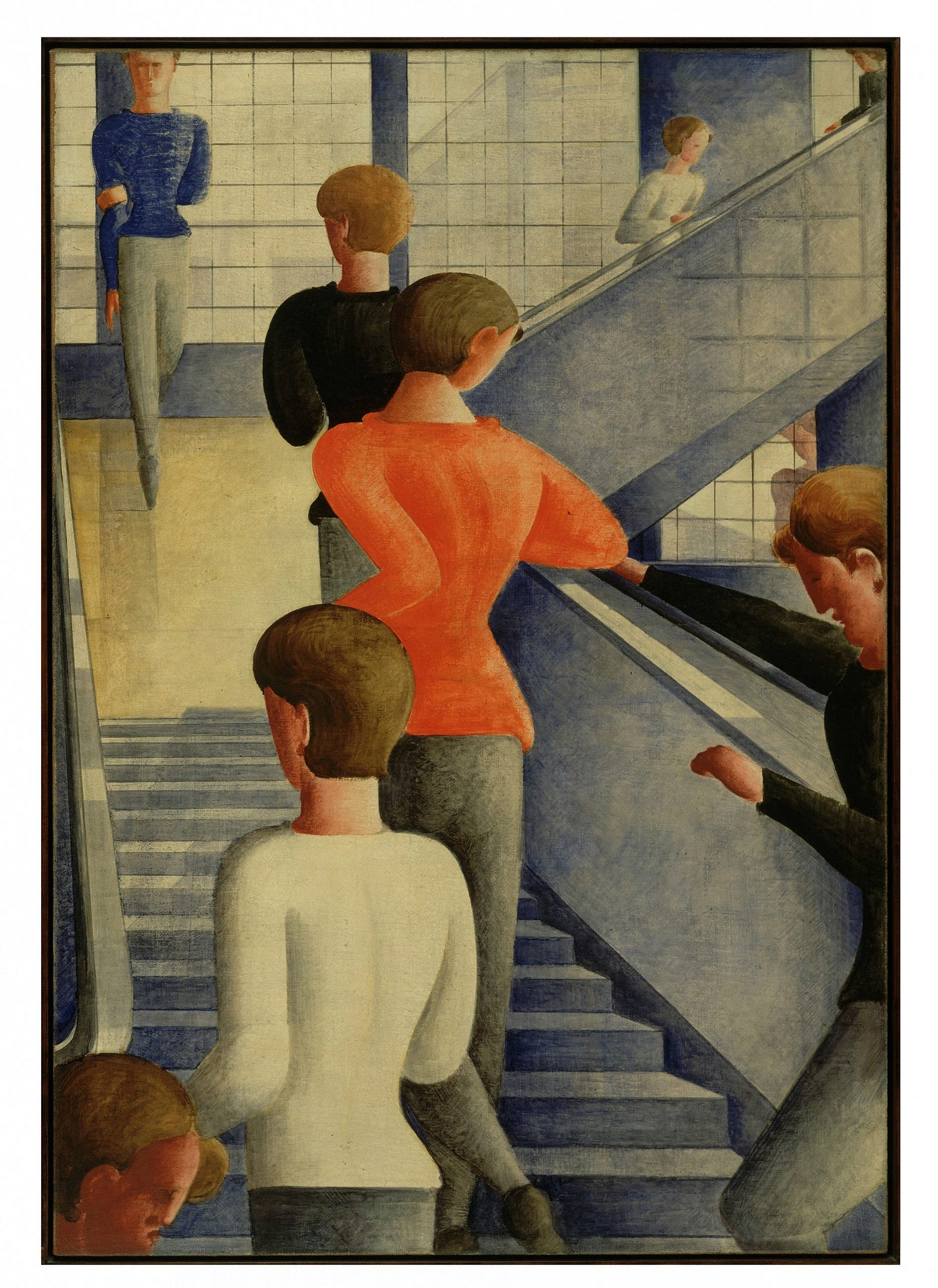For people who interact with the world every day, we don’t seem to understand it very well.
Our world is complex, a lot more complex than we’d like to think. But we prefer it simpler. As a result, we smooth over life’s rough edges and snip off the pieces that jut out. We make a series of simplifying assumptions that turn the complex into the understandable.
All of this is no critique of human nature. Without these simplifying assumptions, we would be paralyzed to act. Each decision would require a thorough analysis of the nuances of each system that we were dealing with.
Today, we’re going to shatter this simplified model of reality that we rely on, but for a big payoff.
An interesting simplification that we tend to make is regarding our actions.
Generally, we seem to weigh our actions equally. For instance, we rarely stop to think “this is the most important thing that I’ll do all day”. Perhaps some people live like this, but likely not many.
In reality, our actions are not of equal importance. We can investigate this with the following thought experiment. Looking at each aspect of our work (or school life), we could ask ourselves: Would I get fired (or flunk out) if I stopped doing this?
If you stopped going to division-wide zoom meetings that could be re-formatted as emails, you would likely not get fired.
If you stop responding to your boss’s emails or skipped presentations that you were asked to give, you almost certainly would get fired eventually.
If all of this seems silly and reductive, that is beside the point. The point is that a few of our actions drive a disproportionate share of the results. Some even claim that five or so key decisions, determine our lives.
To leverage this idea, we can do more of what matters and less of what doesn’t, and accomplish more within the same twenty-four hours that everyone is given.
We can formalize all of this by looking at what is known as the Pareto Principle (or the 80/20 principle).
The Pareto Principle:
The Pareto Principle (or 80/20 principle) broadly states that in many domains, just 20% of actions (inputs) drive 80% of the results (outputs). This observation originates from, Italian economist and polymath, Vilfredo Pareto, who noticed that just 20% of Italy’s population owned approximately 80% of the land.
It is important that we do not fixate on the numbers 80 and 20 (although they do have a nice ring to them). Every relationship that can be described by the principle is not necessarily 80/20.
Instead, relationships can be more or less extreme. For instance, in Sweden just 1% of the population is responsible for 63% of the country’s crime and in the United States just 5% accounts for nearly half of all health spending. In each case, a small number of inputs drives the majority of the outputs.
Once we discard the numbers 80 and 20, we are left with an incredibly useful general lens. The Pareto principle implies that life contains asymmetries and concentrations. Acknowledging them is often the key to finding the most effective solutions.
To make matters less abstract, we can apply this thinking to our own lives.
Application of the Principle:
As it turns out, this principle is not only valuable to Swedish criminologists and American health care professionals. Our own lives are full of asymmetries. Once we are aware of them, we can use them as leverage. We can emphasize what disproportionately drives results and deemphasize what doesn’t. As a result, just a small number of changes can lead to material improvements.
I. On Happiness:
It would be naive to think that there is a universal recipe for happiness. However, what we can say is that certain things lead to a disproportionate amount of both our happiness and unhappiness.
Imagine, you have a daily habit of stepping into a knee-deep puddle during your commute. We’re not sure why you’d do this but imagine. This habit is an act that takes mere seconds, but ruins hours of your day (an asymmetry).
However, consider what would happen if you broke the habit. Say you chose a different commute to work, one without a puddle, or wore rain boots. This decision would cost you essentially nothing, and dramatically improve your quality of life (the same asymmetry).
This example is purposely silly, but chances are there is something in our lives like this. Perhaps it is rushing in the morning to get ready for work or school. Perhaps it is eating a certain food that makes us feel sick. What would happen if we changed our ways? Small effort, large return.
To study your own life, take a piece of paper and draw a line down the center. On the left, write down small things, things that take little effort or time, that materially improve your quality of life (think coffee, exercise, etc.). On the right, write down small things that bring you unhappiness (think feeling rushed, feeling sick, etc.).
By maximizing items on the left and minimizing items on the right, we can materially improve our lives with little effort.
Ultimately, we’re not here to give prescriptions, but simply to provide the framework for positive change. It is up to you dear reader to make the changes.
II. On Work and Productivity:
As previously discussed, not all work is created equally. Some actions drive the lion’s share of our desired results, and some are merely distractions that make us feel good. An ability to discern between the two is a tremendous edge.
Let’s say you work in sales. For the sake of argument, let’s imagine that precisely 20% of what you do drives 80% of the results (perhaps it is more like 50% driving 80% etc.).
Since you work in sales, the obvious metric for “results” is how many dollars of product you sell. Let’s say you’re selling something by calling people on the phone. The distribution suggests that just 20% of your phone calls generates 80% of your sales. This means that the remaining 80% of your day is more or less wasted, or is at least significantly less productive.
How might we use this information?
We’re not advocating for you to coast and simply do a fifth of the work, although you almost certainly could. The bar is often quite low.
Instead, you could sit down and look for patterns within this 20% of calls. Perhaps they tend to take place in the morning or at the end of the workday. Perhaps the clients tend to be mostly from a certain demographic, say wealthy divorcées. Whatever the patterns, the obvious solution is to drop the unproductive 80% and try to find more prospects that resemble the 20% that drives most of the results.
We understand that this may all seem obvious. However, chances are that you are not using this strategy at your own job. Chances are you’re wasting your energy on certain things (think: division-wide meetings, religiously reading the news, obsessively checking your emails). And chances are you aren’t focusing enough on what actually matters.
Similar to before, if you would like to improve your work with very little effort, turn to the Pareto Principle. Take a plain piece of paper and draw a line down the center of it. On the left, write down the things that consume your time, but don’t drive results. On the right, write down what drives results. Minimize the items on the left and maximize the items on the right.
If you want to progress through hard work alone, know that you’ll face a tough road. The elites of the world both work hard and don’t tend to play by the rules. They tweak the system to make sure that their 24 hours in the day are effectively more than yours. The Pareto Principle can allow us to do the same.
Conclusion:
We hope you enjoyed this discussion of the Pareto Principle. Armed with this knowledge, we trust that you’ll identify countless ways to improve your own life almost overnight.
Nobody is going to do it for you.
Based on ideas from:
The 4-Hour Workweek by Timothy Ferriss
Antifragile by Nassim Nicholas Taleb
Thanks for reading guys.
If you enjoyed this one, make sure to subscribe to receive posts like this via email and consider sharing with a friend.







